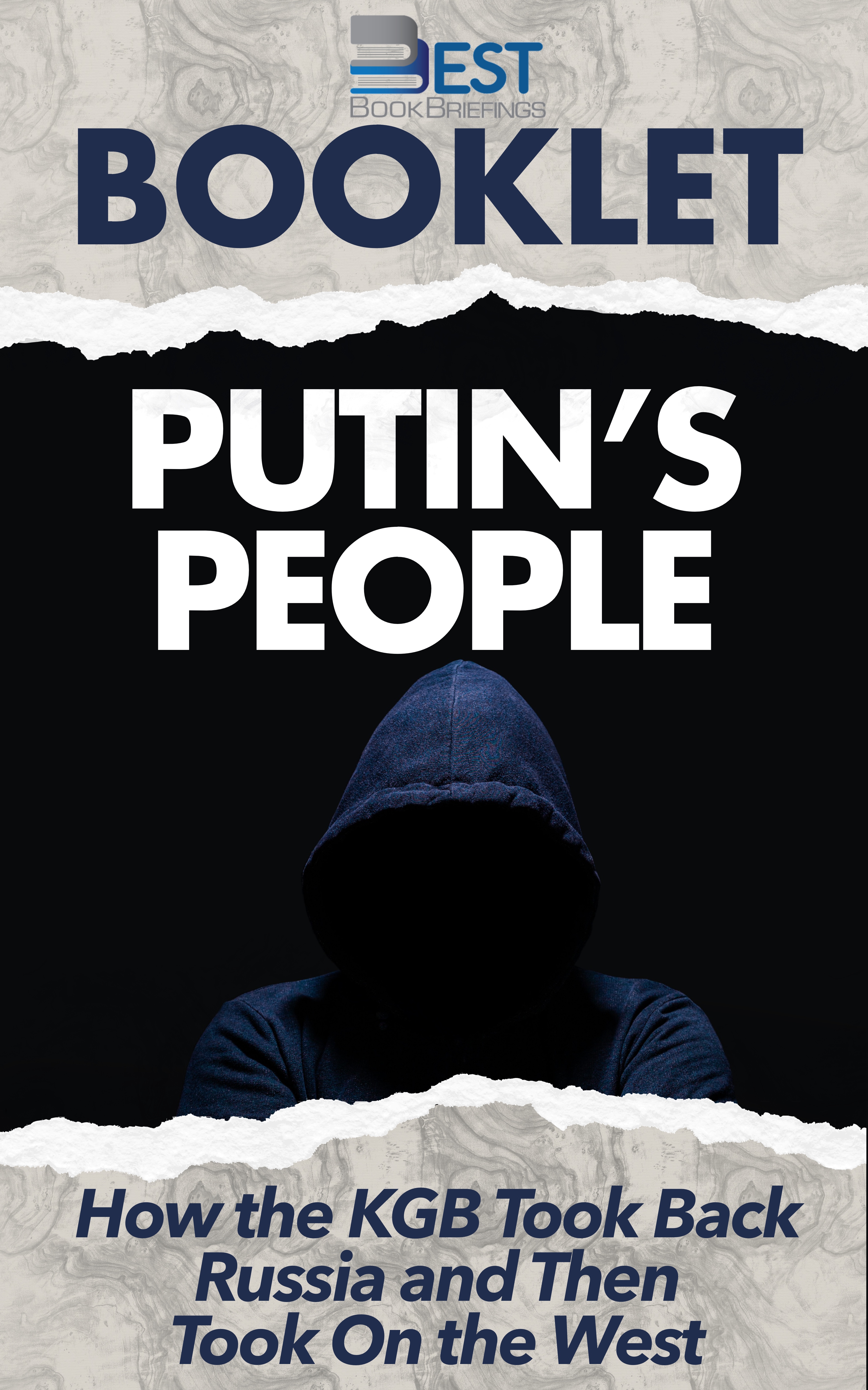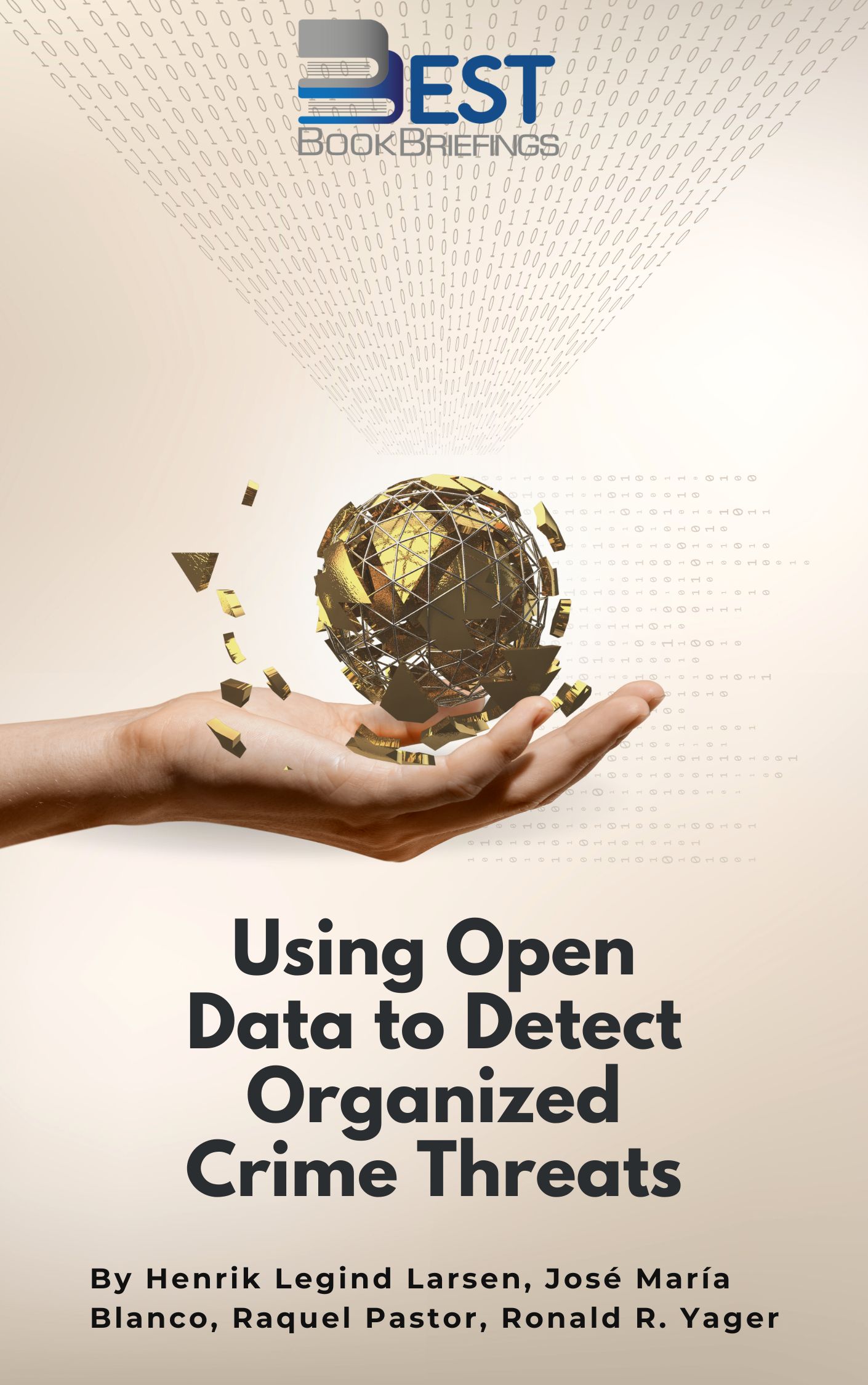Using Open Data to Detect Organized Crime Threats
Factors Driving Future Crime
Editorial Review
In counter-terrorism and other forms of crime prevention, foresight about potential threats is vitally important and this information is increasingly available via electronic data sources such as social media communications. However, the amount and quality of these sources is varied, and researchers and law enforcement need guidance about when and how to extract useful information from them.
Book Reviews
Books on Related Topics

Sales professionals now confront the most serious threat to their success. Regardless of their size, industry, country, customer type, nature of the relationship or amount of value they provide, sales professionals are finding that purchasing decisions are increasingly being limited by procurement. The modern procurement function is purchasing on steroids. Where

Delving deep into the workings of Putin’s Kremlin, Belton accesses key inside players to reveal how Putin replaced the freewheeling tycoons of the Yeltsin era with a new generation of loyal oligarchs, who in turn subverted Russia’s economy and legal system and extended the Kremlin's reach into the United States and

We are closer now to 2030 than we are to the start of the new millennium (2000). The technologies we are exploring today are radically going to redefine the next age of humanity. This next age is called the Augmented Age, because of how radically embedded and personal technology will augment

Urban violence is one of the most divisive and allegedly intractable issues of our time. But as Harvard scholar Thomas Abt shows in Bleeding Out, we actually possess all the tools necessary to stem violence in our cities.Coupling the latest social science with firsthand experience as a crime fighter, Abt proposes a



